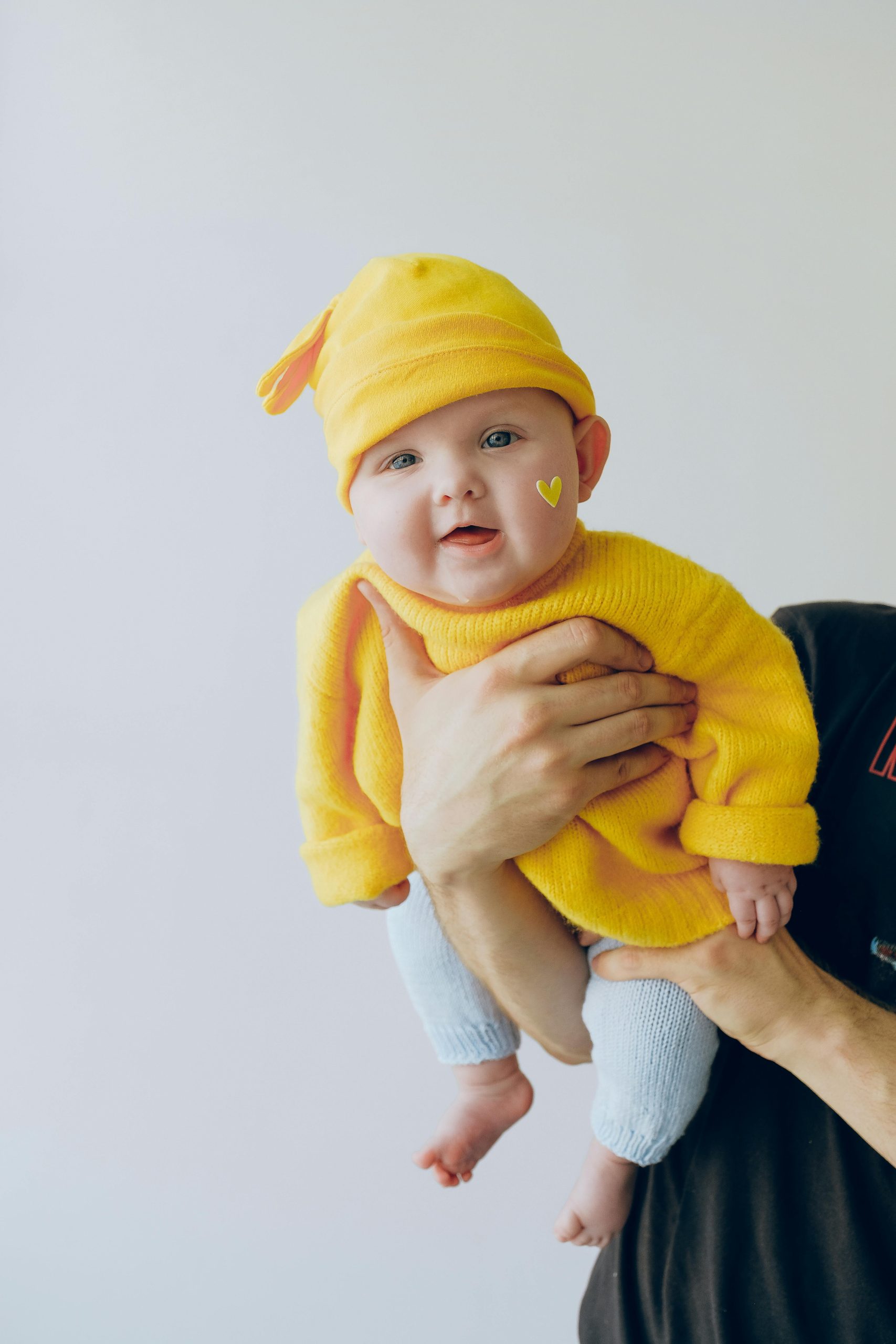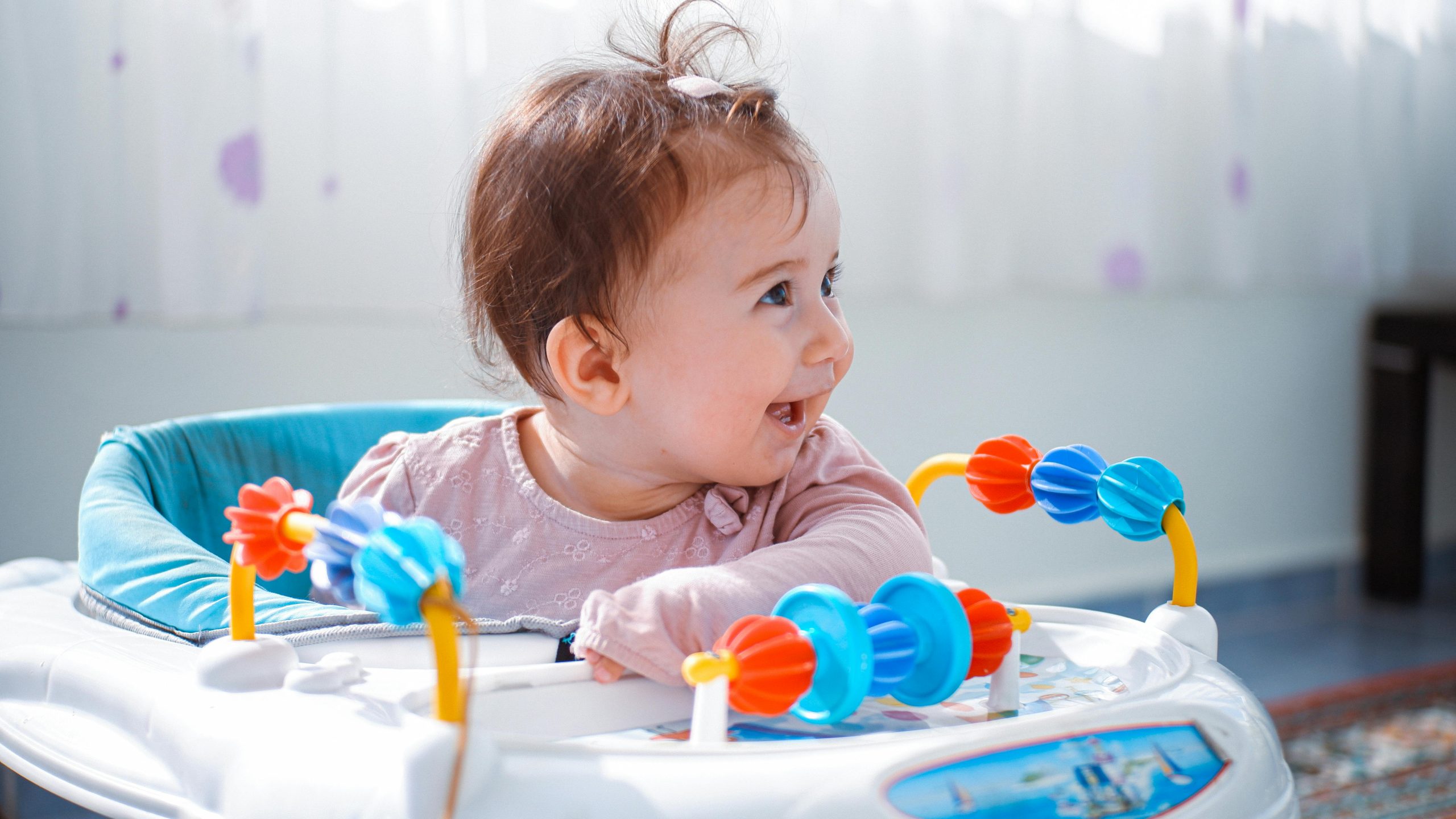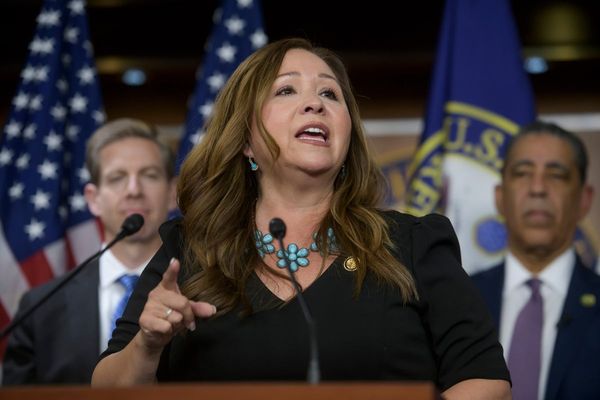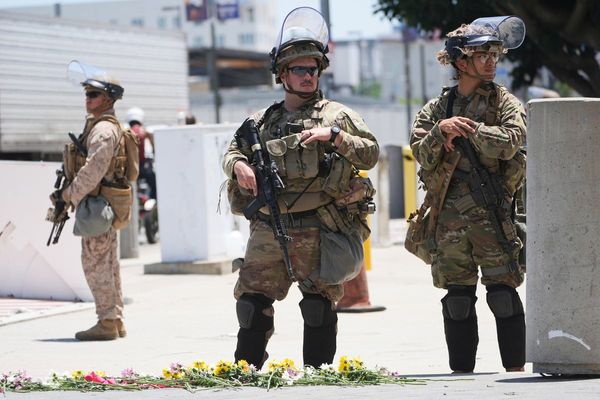Keeping a new baby safe is the number one priority for every parent. However, safety standards for baby products have evolved dramatically over the years. As our understanding of infant health and injury risk has improved. Many items that were once considered nursery essentials are now strongly advised against by the American Academy of Pediatrics (AAP) and other child safety experts. These products are no longer considered safe because they pose a proven risk of suffocation, entrapment, or serious injury.

1. Crib Bumpers
Crib bumpers are soft pads that line the inside of a crib, originally designed to prevent a baby from bumping their head on the hard slats. However, the AAP and the CPSC have identified them as a major suffocation hazard. A baby can press their face into the soft bumper, or get trapped between the bumper and the mattress, and be unable to breathe. Safe sleep guidelines now recommend a completely bare crib with only a fitted sheet.
2. Inclined Sleepers and Rockers
Products like the Fisher-Price Rock ‘n Play and other inclined sleepers were once incredibly popular for helping babies sleep. However, research has shown that sleeping at an incline can cause an infant’s head to slump forward, which can compress their airway and lead to suffocation. Following numerous infant deaths associated with these products, the CPSC has outlawed the sale of any infant sleep product with an incline greater than 10 degrees.
3. Sleep Positioners and Wedges
Sleep positioners, wedges, and other padded bolsters were once marketed as a way to keep a baby sleeping on their back to prevent SIDS. The cruel irony is that these products have been found to do the exact opposite. A baby can roll and press their face into the soft surface of the positioner, or become wedged in a position that restricts their breathing. The FDA has warned that these products are dangerous and should never be used.
4. Infant Walkers

The classic infant walker, a device with a seat and a frame on wheels, was once a staple in many homes. However, pediatricians now strongly advise against their use. Walkers give babies the mobility to reach dangers they otherwise could not. Dangers include falling down stairs, reaching for hot objects on a stove, or accessing poisonous materials. They have been responsible for thousands of serious injuries, leading many safety experts to call for a complete ban.
5. Amber Teething Necklaces
These necklaces, made of beads of fossilized tree resin, are marketed as a natural way to relieve a baby’s teething pain. However, there is no scientific evidence that they work. More importantly, the AAP has issued a strong warning that they pose a serious strangulation and choking hazard. A baby can get the necklace caught on something. If a bead breaks off, they can easily choke on it.
6. Loose Bedding and Soft Objects in the Crib
In the past, many people thought a cozy crib was a safe crib. They would fill it with soft blankets, pillows, and stuffed animals. We now know that this is one of the biggest risk factors for SIDS and accidental suffocation. The AAP’s safe sleep guidelines are clear. A baby should be placed on their back in a bare crib with a firm mattress and a fitted sheet, and nothing else.
7. Baby Powder with Talc
For generations, parents used talc-based baby powder to prevent diaper rash. However, concerns about the potential link between talcum powder and certain types of cancer, as well as the risk of babies inhaling the fine powder, have led to a major shift. Major brands like Johnson & Johnson have stopped selling talc-based baby powder in the U.S. Pediatricians now recommend using cornstarch-based powders or simple barrier creams instead.
The New Standard of Safety
The evolution of baby safety standards is a powerful example of how scientific research can lead to life-saving changes. While it can be confusing for new parents to navigate the long list of what not to buy, these guidelines are based on tragic but important lessons from the past. By adhering to the latest expert advice, parents can create the safest possible environment for their child to sleep and grow.
Were you surprised by any of the items on this list? What baby safety tips do you think are most important for new parents to know? Share your thoughts!
Read More
9 Baby Products That Were Quietly Recalled Without Headlines
8 Baby Foods Being Investigated for Harmful Ingredients
The post 7 Baby Items That Are No Longer Considered Safe for Use appeared first on Grocery Coupon Guide.







